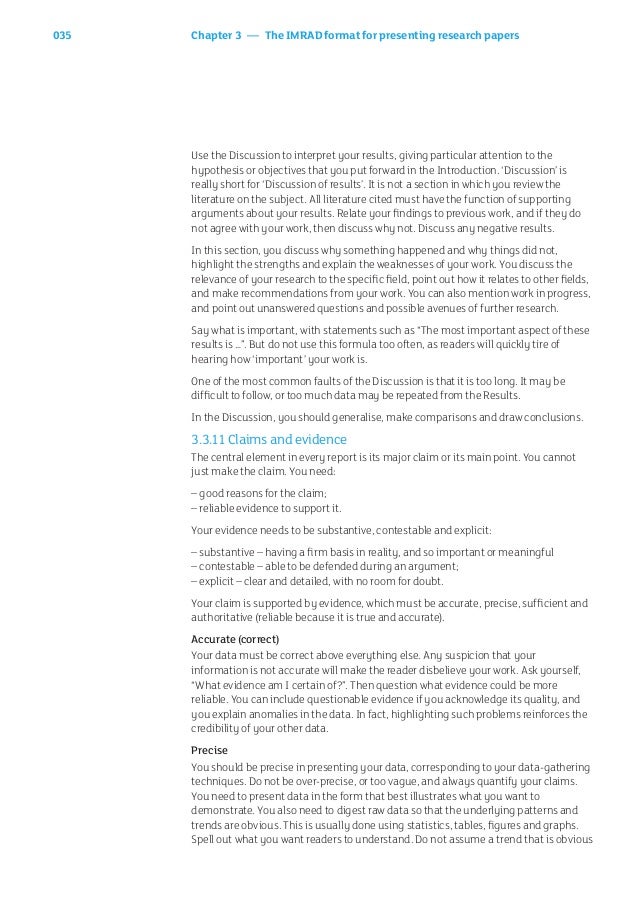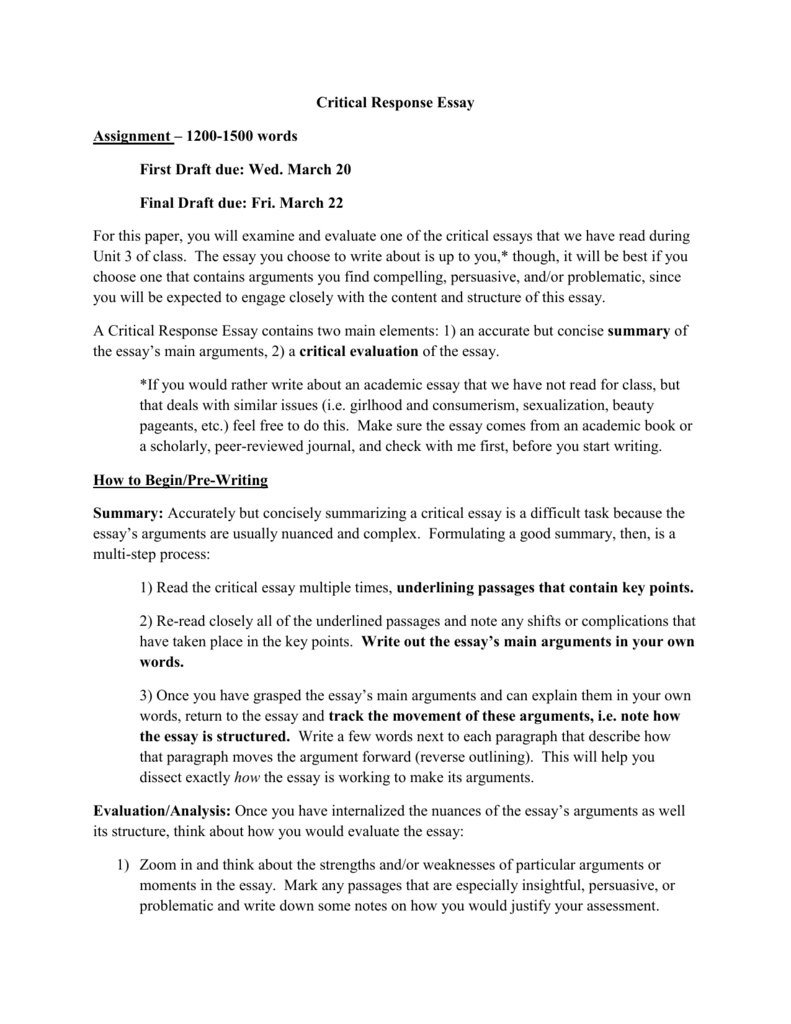
own scientific writing skills by repeatedly practicing reading, writing, and critiquing of other’s writing. The guide addresses four major aspects of writing journal-style scientific papers: (1) Fundamental style considerations; (2) a suggested strategy for efficiently writing up research The Australian manual of scientific style (AMOSS) provides practical and expert guidance to help you to present information and data clearly, correctly and effectively. Writing Learn how to plan your content and fix common writing errors; find tips on writing reports, research papers, grant applications, posters and media releases 11 rows · 21/6/ · Different Scientific Writing Style Guides. Last updated Sep 11, Authors are required to
Different Scientific Writing Style Guides - Enago Academy
Nearly every element of style that is accepted and encouraged in general academic writing is also considered good practice in scientific writing. The major difference between science writing and writing in other academic fields is the relative importance placed on scientific writing style guide stylistic elements. This handout details the most critical aspects of scientific writing and provides some strategies for evaluating and improving your scientific prose.
Readers of this handout may also find our scientific writing style guide on scientific reports scientific writing style guide. There are several different kinds of writing that fall under the umbrella of scientific writing. Scientific writing can include:. As a student in the sciences, you are likely to spend some time writing lab reports, which often follow the format of peer-reviewed articles and literature reviews.
Several key elements allow scientific writers to achieve these goals:. Theories in the sciences are based upon precise mathematical models, specific empirical primary data sets, or some combination of the two. Therefore, scientists must use precise, concrete language to evaluate and explain such theories, whether mathematical or conceptual. There are a few strategies for avoiding ambiguous, imprecise writing.
Often several words may convey similar meaning, but usually only one word is most appropriate in a given context. This same idea also applies to choice of phrasing. When presented with a choice, scientific writing style guide, a more specific and less ambiguous phraseology is always preferable. This applies even when you must be repetitive to maintain precision: repetition is preferable to ambiguity. Although repetition of words or phrases often happens out of necessity, it can actually be beneficial by placing special emphasis on key concepts.
Figurative language can make for interesting and engaging casual reading but is by definition imprecise. Include as much detail as is necessary, but exclude extraneous information. The reader should be able to easily follow your methodology, results, and logic without being distracted by irrelevant facts and descriptions. Ask yourself the following questions when you evaluate the level of detail in a paper:. Whenever possible, use quantitative rather than qualitative descriptions. Complexities in language use and sentence structure are perhaps the most common issues specific to writing in the sciences.
Here are a just a few examples of complex words and their simple alternatives:. In these examples, the term on the right conveys the same meaning as the word on the left but is more familiar and straightforward, and is often shorter as well. There are some situations where the use of a technical or obscure term is justified. If you choose to go with the technical term, however, make sure you clearly define it, as early in the paper as possible. You can use this same strategy to determine whether or not to use abbreviations, but again you must be careful to define the abbreviation early on.
Science writing must be precise, and precision often requires a fine level of detail. Careful description of objects, forces, organisms, methodology, etc. Several things make this sentence complex. First, the action of the sentence activates is far removed from the subject the osmoregulatory organ so that the reader has to wait a long time to get the main idea of the sentence.
Consider this revision:. This sentence is slightly shorter, conveys the same information, and is much easier to follow.
The subject and the action are now close together, and the redundant verbs have been eliminated. Prepositional phrases themselves are not a problem; in fact, they are usually required to achieve an adequate level of detail in science writing. However, long strings of prepositional phrases can cause sentences to wander.
The use of eleven yes, eleven! prepositional phrases in this sentence is excessive, and renders the sentence nearly unintelligible. Judging when a string of prepositional phrases is too long is somewhat subjective, but as a general rule scientific writing style guide thumb, a single prepositional phrase is always preferable, scientific writing style guide, and anything more than two strung together can be problematic.
Nearly every form of scientific communication is space-limited. Furthermore, adding unnecessary words or phrases distracts rather than engages the reader. Avoid generic phrases that contribute no novel information. Your reader will decide whether or not your paper is interesting based on the content.
In any case, if information is not interesting or noteworthy it should probably be excluded, scientific writing style guide.
The objective tone used in conventional scientific writing reflects the philosophy of the scientific method: if results are not repeatable, then they are not valid.
In other words, your results will only be considered valid if any researcher performing the same experimental tests and analyses that you describe would be able to produce the same results. Thus, scientific writers try to adopt a tone that removes the focus from the researcher and puts it only on the research itself, scientific writing style guide.
Here are several stylistic conventions that enhance objectivity:. You may have been told at some point in your academic career that the use of the passive voice is almost always bad, except in the sciences.
The passive voice is a sentence structure where the subject who performs the action is ambiguous e. The rationale behind using the passive voice in scientific writing is that it enhances objectivity, taking the actor i. Unfortunately, the passive voice can also lead to awkward and confusing sentence structures and is generally considered less engaging i. This is why most general style guides recommend only sparing use of the passive voice, scientific writing style guide.
If you are unsure, check with the instructor or editor who will review your paper to see whether or not to use the passive voice. Your conclusions should be directly supported by the data that you present. For example, if you discover a correlation between fur thickness and basal metabolic rate in rats and mice you would not necessarily conclude that fur thickness and basal metabolic rate are correlated in all mammals.
You might draw this conclusion, however, if you cited evidence that correlations between fur thickness and basal metabolic rate are also found in twenty other mammalian scientific writing style guide. Assess the generality of the available data scientific writing style guide you commit to an overly general conclusion.
We consulted these works while writing this handout. Please do not use this list as a model for the format of your own reference list, as it may not match the citation style you are using. For guidance on formatting citations, please see the UNC Libraries citation tutorial, scientific writing style guide. We revise these tips periodically and welcome feedback.
Alley, Michael. The Craft of Scientific Writing3rd ed. New York: Springer. Council of Science Editors. Scientific Style and Format: The CSE Manual for Authors, Editors, and Publishers8th ed.
Day, Robert A. How to Write and Publish a Scientific Paper4th ed. Phoenix: Oryx Press. Day, Robert, and Nancy Sakaduski.
Scientific English: A Guide for Scientists and Other Professionals3rd ed. Santa Barbara: Greenwood. Gartland, John J. Medical Writing and Communicating.
Frederick, MD: University Publishing Group. Williams, Joseph M. Style: Ten Lessons in Clarity and Grace12th ed. New York: Pearson. This work is licensed under a Creative Commons Attribution-NonCommercial-NoDerivs 4, scientific writing style guide.
You may reproduce it for non-commercial use if you use the entire handout and attribute the source: The Writing Center, University of North Carolina at Chapel Hill. Make a Gift.
Skip to main content.
Scientific Writing, Scholarly Writing, and Bad Writing - Darren Lipomi - UC San Diego
, time: 38:23Writing Style Guide

SCIENTIFIC STYLE GUIDE: WRITING A MANUSCRIPT FOR. RADIOLOGY. TITLE PAGE. Title. Original research titles should include a. modality. and a. disease. Titles should be concise and to the point. Use common abbreviations to imaging such as MRI and CT. IF space allows, indicate the study type (randomized trial). If the registry or clinical trial has a recognized The Australian manual of scientific style (AMOSS) provides practical and expert guidance to help you to present information and data clearly, correctly and effectively. Writing Learn how to plan your content and fix common writing errors; find tips on writing reports, research papers, grant applications, posters and media releases 11 rows · 21/6/ · Different Scientific Writing Style Guides. Last updated Sep 11, Authors are required to

No comments:
Post a Comment